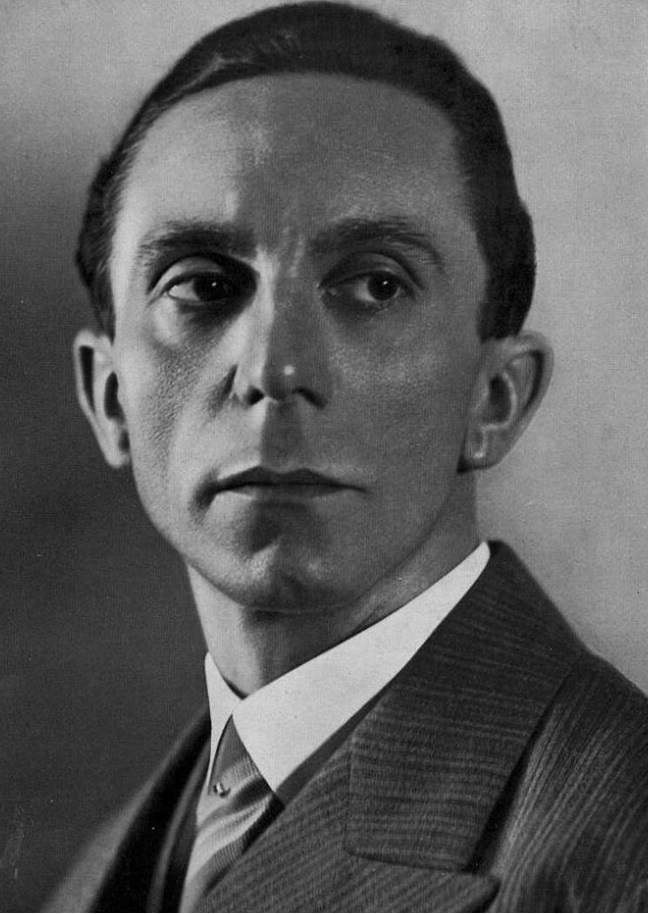India’s success in eradicating polio is a remarkable public health achievement. The country was once considered the epicentre of the global polio epidemic, with thousands of new cases every year. However, through a sustained and coordinated effort involving the government, healthcare workers, and civil society, India was able to achieve polio eradication in 2014. Here are some of the key strategies and actions that contributed to India’s success in eradicating polio:
National Immunization Days (NIDs)
India’s government launched a massive immunisation campaign called National Immunisation Days (NIDs) in 1995. During NIDs, healthcare workers would go door-to-door to administer the oral polio vaccine to every child under the age of five. The campaign was repeated multiple times a year, and it became the largest public health campaign in the world.
Supplementary Immunization Activities (SIAs)
In addition to NIDs, India also implemented Supplementary Immunisation Activities (SIAs), which targeted high-risk areas and population groups with additional vaccination campaigns. SIAs were often implemented in response to outbreaks or to reach migrant populations and remote areas.
![How India Eradicated Polio [India's Success story]](https://topicflix.com/wp-content/uploads/2023/02/polio.jpg)
Polio Surveillance
India developed a robust polio surveillance system that tracked all suspected cases of acute flaccid paralysis (AFP) in children under 15 years old. Samples from all cases were tested for poliovirus, allowing health officials to detect and respond to outbreaks quickly.
Social Mobilization
India’s polio eradication effort was a massive social mobilization campaign, involving celebrities, religious leaders, and community members.
![How India Eradicated Polio [India's Success story],
Amitabh Bachchan Doing awareness campaign](https://topicflix.com/wp-content/uploads/2023/02/amitabh.jpg)
The government used mass media, including television and radio, to educate the public about the importance of polio vaccination and to dispel myths and rumors.
Political commitment
India’s political leadership demonstrated a strong commitment to polio eradication, with the Prime Minister and other high-level officials publicly supporting the effort. This helped to mobilise resources and sustain the effort over many years. Through these and other efforts, India was able to reduce the number of polio cases from more than 500 in 2010 to zero in 2014. Today, India remains polio-free, and the lessons learned from the country’s successful polio eradication campaign are being applied to other public health challenges.

About the Author
Ankita is a German scholar and loves to write. Users can follow Ankita on Instagram ![]()
How Powerful Words Changed The World
“Man was and remains an animal. With low or high instincts. With love and hate….
How Iran looked like before Iranian Revolution 1979, [Pics]
Whenever Westerners hear the term “Iran,” images of veiled women, burning American flags, and enraged…
10 MYSTERIOUS PLACES AROUND THE WORLD, WILL HAUNT YOU !
MYSTERIOUS PLACES around the world are covered with mysterious secrets, and these secrets make these…
Decoded 17th-century Mysterious letter written by a demon possessed nun
Researchers have spent years trying to comprehend Sister Maria Crocifissa della Concesione’s mysterious message as…
Why do the Chinese shout while talking?
This is similar to the loud-booing habit of people in Haryana, Uttar Pradesh, or some…
Why do Prisoners in American Prisons Wear Orange Uniforms?
You must have seen in Hollywood movies that prisoners in American prisons often wear orange…
![How India Eradicated Polio [India's Success story]](https://topicflix.com/wp-content/uploads/2023/02/polio-drawing.jpg)





